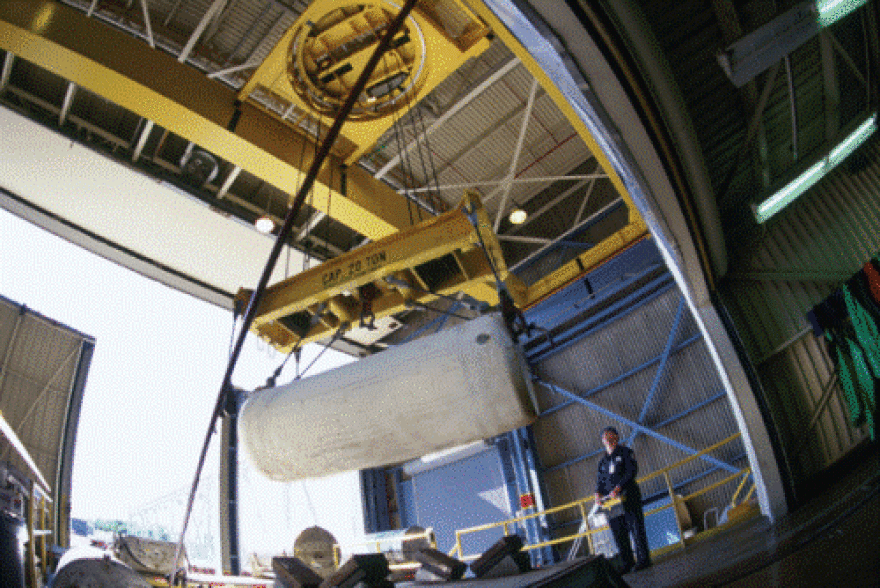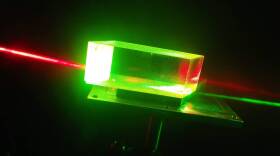The US Department of Energy (DOE) has agreed to sell depleted uranium from the Paducah Gaseous Diffusion Plant to enrich at a new state-of-the-art facility in western Kentucky.
Construction and operation of the $1 billion facility by GE-Hitachi's Global Laser Enrichment is estimated to bring approximately 800 to 1,200 jobs to the local community.
McCracken County Judge Executive Bob Leeper says there’s no word yet on exact numbers, but any employment gains will be all new jobs since the number of workers hired by cleanup contractor Fluor was about equal to that employed in the last days of the plant.
“This is a bonus group of employment," said Leeper. "A lot is going to depend on when those jobs actually develop as the rest of this process has to take place. But obviously any time you can have an announcement of 800 to 1,200 jobs, it’s a big day.”

“What a great step forward for our Community, Region, and State with this project," said Paducah Economic Development President Scott Darnell. "We have a long way to go, but today’s announcement is a big step in getting this project to fruition."
GE-Hitachi Global Laser Enrichment will finance, construct and operate the Paducah Laser Enrichment Facility under a Nuclear Regulatory Commission license.
GE Public Relations Manager Jon Allen says approximately 50-60 percent of the uranium at the new facility will come from 65,000 specialized storage cylinders at the Paducah Cylinder yards. The rest will come from DOE's Portsmouth, Ohio site.

“The completion of this agreement is an important step forward for GLE,” said Bob Crate, GLE President and CEO. “Securing the right to acquire depleted uranium hexafluoride from the Department of Energy is a key factor in GLE’s plans to potentially license, construct and operate the Paducah laser enrichment facility.”
The Paducah plant was constructed in the 1950s to enrich uranium for national security applications, and later enriched uranium for commercial nuclear power generation.
The DOE is currently deactivating the plant in preparation for decontamination and decommissioning, while it continues to complete environmental cleanup beginning in the 1980s. That cleanup process includes groundwater remediation, inactive-facility demolition and conversion of depleted uranium to more stable forms for reuse or disposal.
“This agreement furthers the Energy Department’s environmental cleanup mission while reducing cleanup costs, creating good local jobs, and supporting an economical enrichment enterprise for our energy needs,” says US Energy Secretary Ernest Moniz. “The sale contributes to two key Energy Department mission areas – to fulfill the federal government’s responsibility to manage the safe storage and disposal of nuclear material and to enable nuclear power, America’s largest source of zero-carbon energy and an important enabler for reduced greenhouse gas emissions.”





